 Psycho/1960/Universal/109 min.
Psycho/1960/Universal/109 min.
One of the most famous movies ever made, Alfred Hitchcock’s experimental masterpiece immortalizes messed-up man-boy Norman Bates, chillingly played by Anthony Perkins. Janet Leigh stars, though her screen time is brief, as the good girl who gives into temptation. Vera Miles, John Gavin, Martin Balsam and Patricia Hitchcock round out the cast. A must-see!





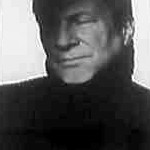

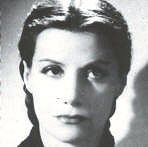
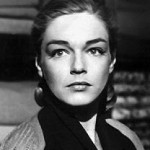
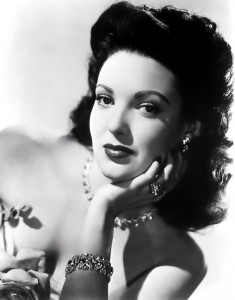
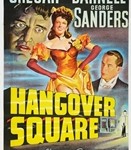
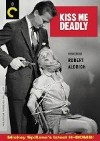

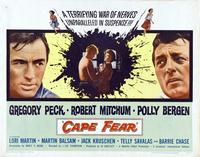
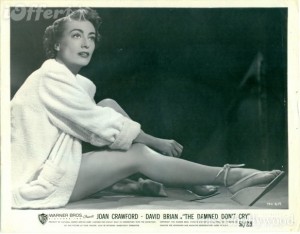





From FNB readers